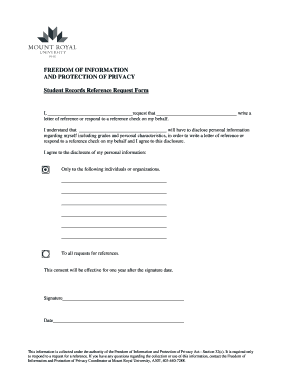

The first human inhabitants arrived sometime afterward, possibly migrating here via the Columbia and Okanogan valleys.

The First ResidentsĪs the Puget Sound climate warmed, forests once again spread down to the water’s edge, and fish and wildlife returned in abundance to the big inland sea. The last Ice Age, during which much of the earth’s water was locked up in glaciers, also created the conditions whereby the Pacific Northwest would initially be populated: namely, the dropping of sea levels by 300 feet and subsequent emergence of the Bering land bridge to North America, over which migrating Asiatic peoples entered the new world, including, eventually, the Puget Sound basin. Warming temperatures and retreating glaciers caused ice dams to break, allowing sea water to pour in through the Strait of Juan de Fuca and fill the glacier-gouged trough of Puget Sound.īut the stage had also been set for another kind of invasion. On a sunnier note, the end of the last Ice Age, around 11,000 B.C., brought to a close the process by which Puget Sound was sculpted into its present-day form: by the scooping, scraping and scouring of immense arms of the continental ice sheet invading and retreating from our region. Needless to say, Seattle and much of Puget Sound, including Three Tree Point, were more than once buried under sheets of ice thousands of feet thick. This trough, and other regional features, were formed by the colossal glaciers which advanced into the Puget Sound Basin at least four times during intermittent cooling and warming periods between two million and thirteen thousand years ago.

This entire region is part of a larger geological zone called the Puget Sound Lowlands, a land trough extending north to south from Canada to the Columbia River, and east to west from the Cascades to the Olympics. Throughout this long volcanic era, layers of lava were piled higher and higher among the Cascade crests, creating ever loftier peaks.īetween these newly created mountain ranges, rivers flowed north and west to the sea, through lowlands which themselves would eventually become submerged beneath the Strait of Juan de Fuca. But as the eons passed, the migrating sea floor moved land masses eastward, jamming them up against the continental shelf, where they crumpled upward to form the Cascades and other mountains.Īccumulating on the sea floor, submerged lava flows were shifted eastward, riding atop the continental plate to form the Olympic Mountains. Originally the ocean stretched far inland, lying deep over this region and much of the continent. It thus seems fitting to begin the weaving of this tapestry with yarn from the sea-specifically with the waters which have defined, detailed and, in their occasional fury, threatened to devour Three Tree Point: namely, the familiar body of water known as Puget Sound, one of the most extensive, biologically diverse and scenic of the world’s inland seas.Ĭovering more than 2,000 square miles, Puget Sound evolved into its present form over some 200 million years. But the story of Three Tree Point is as much a tale of the salt water that nearly surrounds it as it is a history of the mainland to which it is anchored, the broad spit of land itself and the various peoples who have walked, visited and settled its shores through the ages. Today, Three Tree Point’s nearest neighbors, by land, are the communities of Seahurst to the northeast, Gregory Heights to the east and Normandy Park to the southeast. A prominent, windswept cape, Three Tree Point is bordered on three sides-north, west and south-by the blue-gray, ever-shifting waters of Puget Sound, and on the east by sandy bluffs of scraggly madrona and steeply rising banks of second-growth Douglas fir, Oregon grape and salal. On the eastern shore of Puget Sound, halfway between the present-day cities of Seattle and Tacoma, an arrowhead of land known as Three Tree Point juts west-southwest across the water, directly toward the island and town of Vashon.


 0 kommentar(er)
0 kommentar(er)
